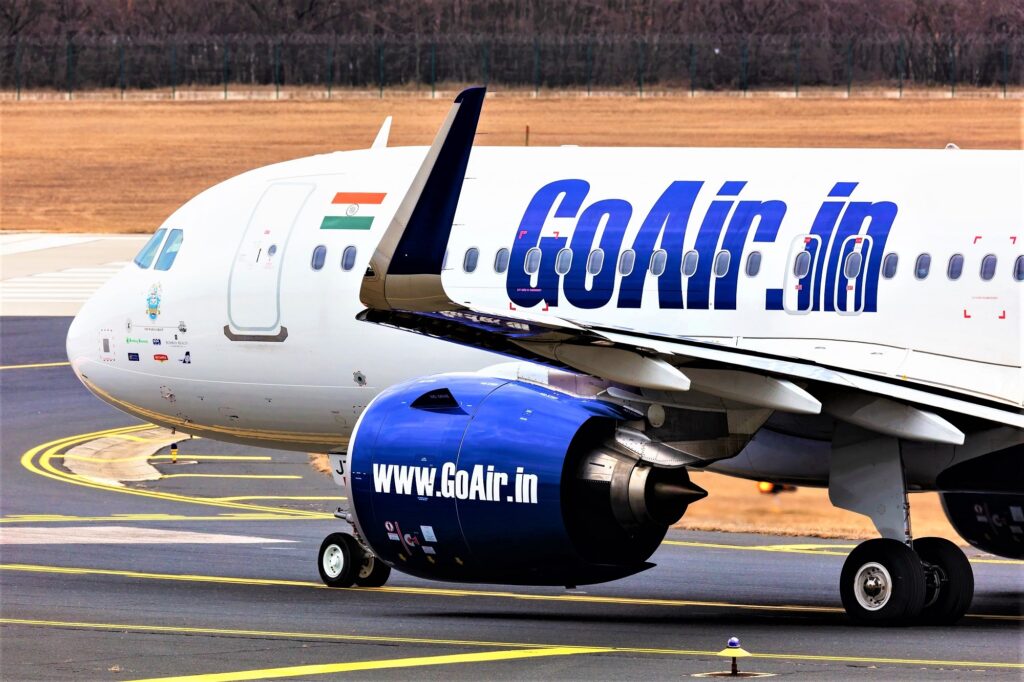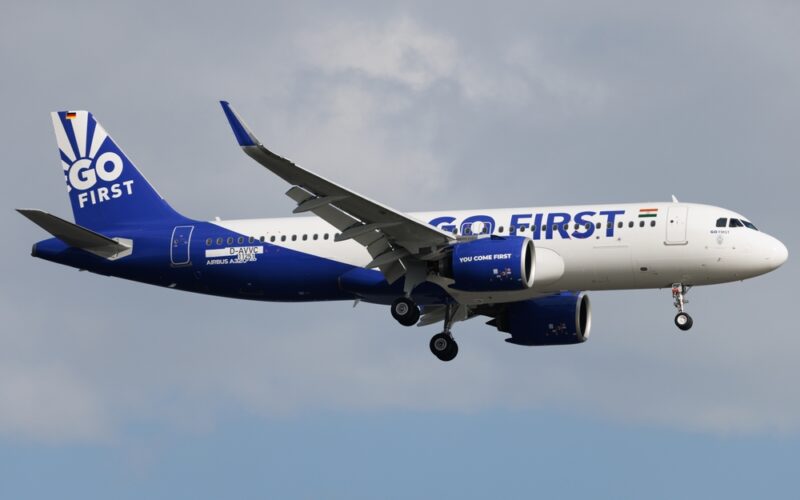Creditors of grounded Indian low-cost carrier Go First (which originally traded as Go Air) have voted to liquidate what remains of the airline, with its assets to be sold and the company wound up. Having rejected various rescue bids from potential suitors since the airline ceased all operations in May 2023, with this latest move, all hope that the carrier could be saved would now appear to be over.
The airline’s Committee of Creditors (CoC) voted in favor of liquidation at the start of August 2024, according to Republic Business which received the insight from banking sources involved in the process. According to the sources, the lenders deemed liquidation as “the best way forward,” citing the impracticality of investing more funds to cover the ongoing costs associated with the insolvency process. One of the bankers told Republic Business that, “It makes no sense to keep pumping in more money [into the business].”
In the period between May 2023 and August 2024, administrators acting in the bankruptcy process on behalf of Go First received approaches from two potential bidders for the defunct carrier. However, both bids were deemed to be insufficient in terms of capital investment to revive the company. One source reportedly said that bidders were given adequate time to review and raise their bids, but even after that, both bids fell short of lenders’ expectations.
As a result of the decision by creditors to liquidate the company, the process will begin “once all the legal formalities are completed.” According to recent reports, the airline accumulated debts to the tune of R6,521 crore ($798m) over its lifetime owed to several creditors including the Central Bank of India, Bank of Baroda, IDBI Bank, and Deutsche Bank.

According to ch-aviation, the carrier operated a fleet of 30 Airbus A320 aircraft at the time of its demise, along with 56 A320neos – all of which have been either repossessed by lessors or are stored at various locations around India. The carrier also had an order for a further 72 A320neos to join its fleet.
The bankruptcy process has been delayed considerably since May 2023 as a result of a legal dispute between the creditors and various leasing companies. While the courts in India initially imposed a moratorium stopping lessors from taking back their aircraft until all rescue bids had been evaluated, this decision was eventually overturned in April 2024, allowing the lessors to recover their planes.
However, the decision to annul the moratorium subsequently had a hugely detrimental impact on the potential to find a suitable buyer for the airline, leaving the carrier with no airworthy aircraft to launch any form of comeback and effectively rendering the airline worthless.
With Go First’s impending liquidation, the whole saga brings this particular chapter of the story of India’s turbulent airline industry to a close. While some carriers such as IndiGo have seen unprecedented growth in recent years, others have faltered. Jet Airways, the country’s largest airline at the time, failed in 2019, while others such as SpiceJet seem to be perpetually locked in legal wranglings over debts with various creditors and leasing companies.


